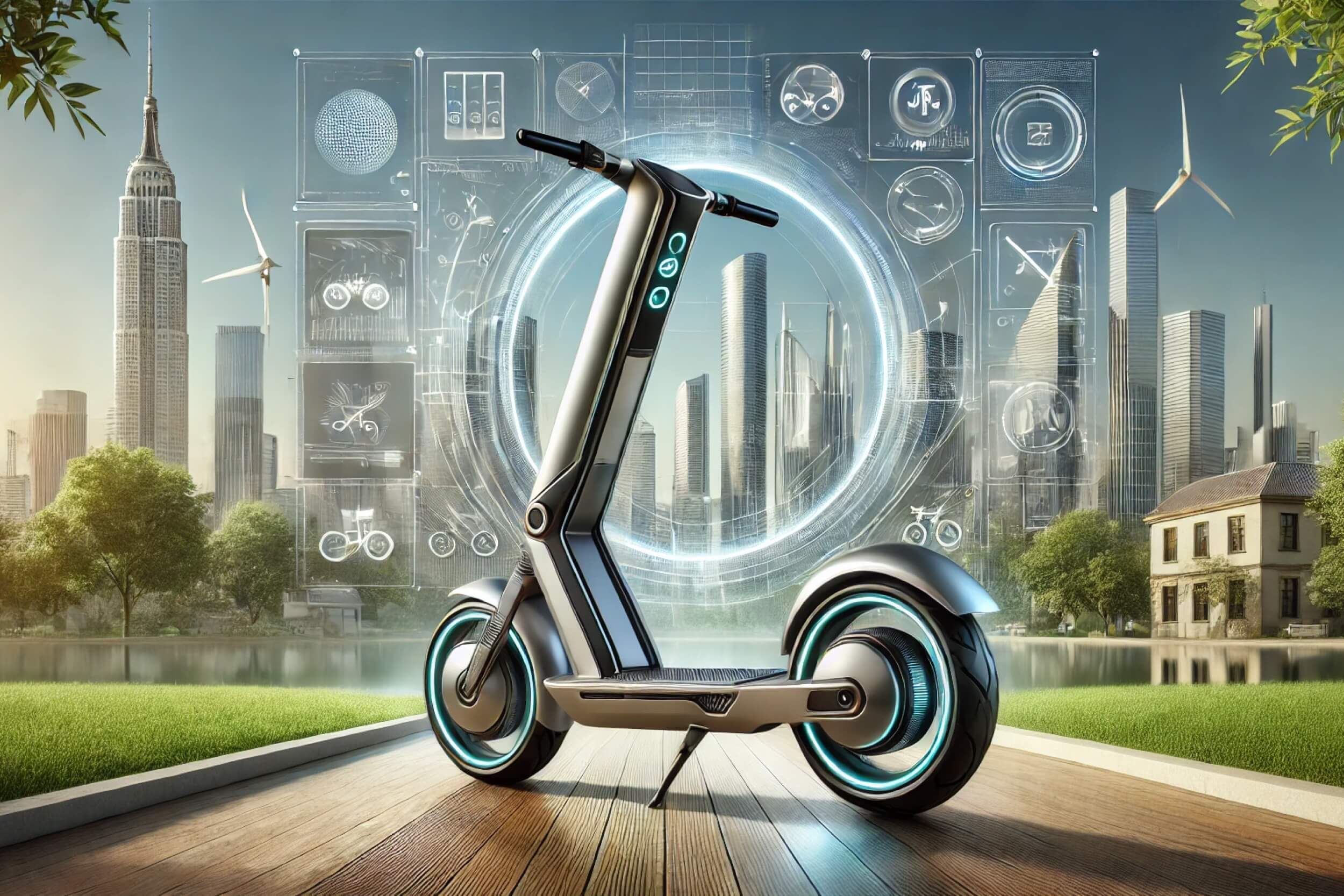
A Student’s Guide to Budget-Friendly E-Scooter Options in Canada
September 1, 2024
E-Scooter Innovations: What’s Next in Technology and Design?
November 1, 2024With urban congestion and environmental concerns on the rise, many people are turning to alternative transportation options like e-scooters. But how do e-scooters really compare to cars when it comes to emissions and fuel consumption? In this blog, we’ll break down the differences between these two modes of transport and explore how e-scooters offer a greener alternative for city travel.
- Emissions: One of the most significant differences between cars and e-scooters is in their emissions.
- Cars and CO2 Emissions: Traditional gasoline-powered cars are responsible for substantial CO2 emissions. The average car emits about 4.6 metric tons of carbon dioxide annually, contributing to global warming and air pollution.
- Electric Cars: While electric vehicles (EVs) produce no tailpipe emissions, their environmental footprint is tied to the energy grid. If the electricity comes from fossil fuels, the net emissions can still be considerable. Additionally, the production of car batteries, especially large ones for EVs, creates significant emission.
- E-Scooters and Zero Emissions: E-scooters produce zero emissions while in use. They run on electricity, and if charged using renewable energy, their carbon footprint can be extremely low. Even when factoring in the energy for charging, e-scooters generally produce less than 1% of the emissions that a car does over similar distances.
- Fuel Consumption and Efficiency: The difference in fuel consumption between cars and e-scooters is striking:
- Cars: Gasoline-powered cars typically have a fuel efficiency of 8-12 liters per 100 kilometers (28-35 miles per gallon), depending on the model and driving conditions.
- Electric cars, energy consumption is measured in kilowatt-hours per kilometer, usually around 15-20 kWh per 100 kilometers.
- E-Scooters: In contrast, e-scooters are incredibly efficient. They use only 1-2 kWh per 100 kilometers, making them one of the most energy-efficient modes of transportation. This means that e-scooters consume significantly less energy to cover the same distance as a car, making them a much greener option.
- Lifecycle Emissions: When comparing emissions, it’s important to consider the lifecycle of the vehicle:
- Car Manufacturing: The production of cars, particularly electric vehicles with large batteries, involves significant energy consumption and emissions. The mining of materials like lithium and cobalt for EV batteries adds to this environmental impact.
- E-Scooter Production: E-scooters are much smaller and use fewer materials, so their production generally has a smaller carbon footprint compared to cars. However, shared e-scooters often have short lifespans due to wear and tear, which can increase their overall environmental impact if not properly recycled. End-of-Life
- Urban Travel and Energy Savings: For short urban trips, the energy savings of using an e-scooter over a car are even more apparent.
- Short-Distance Efficiency: Cars are highly inefficient for short trips due to cold starts, idling, and frequent stopping. This leads to higher fuel consumption and more emissions per kilometer. E-scooters, however, are ideal for short trips, using very little energy and producing no direct emissions.
- Avoiding Traffic Congestion: E-scooters allow riders to bypass traffic jams, reducing the time spent on the road and thus saving energy. Cars stuck in traffic continue to burn fuel or electricity, increasing their emissions per trip.
- Infrastructure and Space Efficiency: Another factor in favor of e-scooters is their efficiency in terms of infrastructure and space:
- Cars and Road Congestion: Cars take up a lot of space, both on the road and in parking. As urban populations grow, cars contribute to congestion and require expensive infrastructure like multi-lane highways and parking garages.
- E-Scooters: E-scooters are compact and require minimal space. They can be parked virtually anywhere, reducing the need for parking lots and garages. Additionally, cities can invest in smaller, more cost-effective lanes for e-scooters, reducing the need for large, car-centric infrastructure projects
- Cost and Energy Comparison for Daily Commuters: For the average daily commuter, e-scooters offer significant cost and energy savings compared to cars:
- Fuel Costs: Gasoline prices fluctuate, and even EV charging can be costly depending on electricity rates. E-scooters, however, are extremely cheap to run. The cost of fully charging an e-scooter is a fraction of what it costs to refuel a car.
- Maintenance: Cars require regular maintenance, oil changes, and tire replacements, which all contribute to their overall energy use. E-scooters, with fewer moving parts and less complex machinery, are cheaper and more energy-efficient to maintain
When it comes to emissions and fuel consumption, e-scooters are clearly a more environmentally friendly and energy-efficient option compared to cars. For short trips and urban commuting, e-scooters not only reduce individual carbon footprints but also help alleviate traffic congestion and reduce the need for extensive infrastructure. As cities continue to look for sustainable transportation solutions, e-scooters are likely to play a key role in reducing emissions and energy consumption across the board.
Ready to buy your environmentally friendly e-scooters? Explore our selection of e-scooters and find the perfect match for your needs and budget today!



